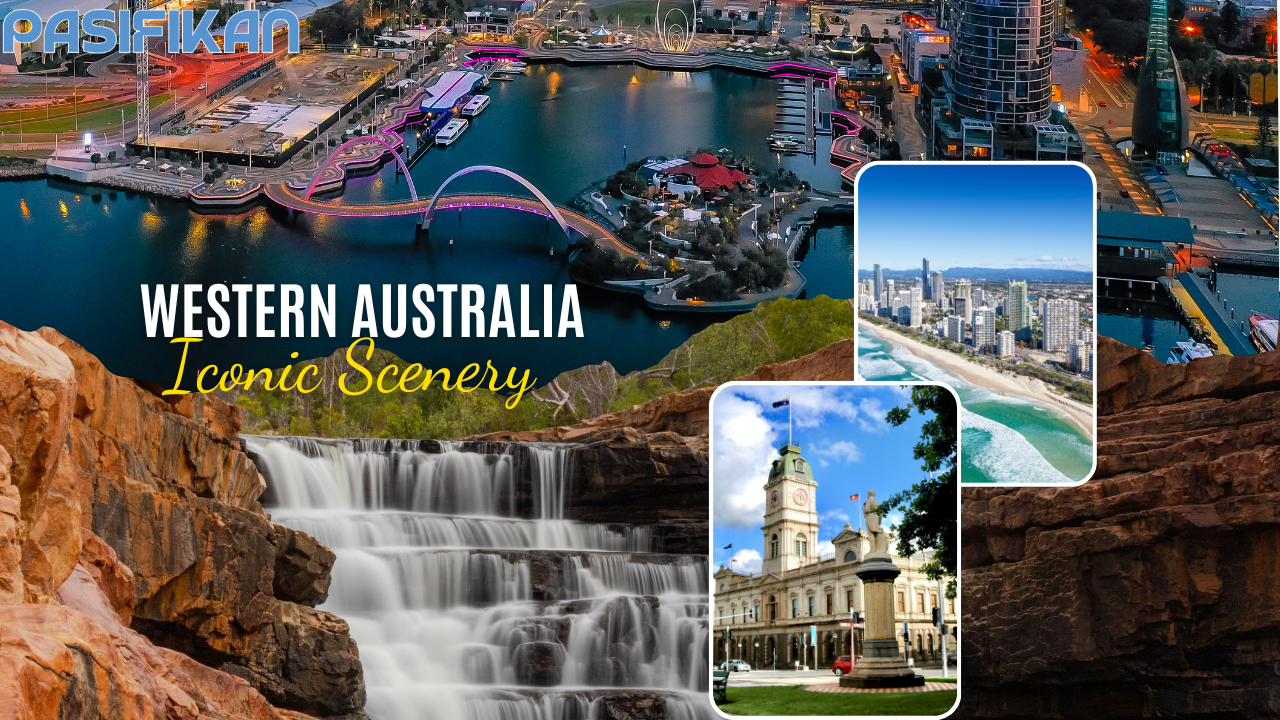Welcome to Western Australia - Discover Top Attractions and Local Culture
Western Australia, the largest state in Australia, boasts a population of 2.8 million as of 2021, with Perth serving as its vibrant capital. Encompassing 33% of Australia's land area, excluding external territories, the state spans an expansive 2,527,013 square kilometres (975,685 sq mi). Most residents reside in the southwest, with Perth and other sparsely populated cities also home to communities. Notably, Western Australia thrives on tourism, contributing significantly to its economy. In March 2015 alone, the state welcomed 833,100 international visitors, representing 12.8% of Australia's global tourism market.
Tourism plays a pivotal role in Western Australia's economy, contributing approximately $9.3 billion, making it the largest revenue source after mining, which accounts for 31% of the state's income. The region's economic prowess extends beyond tourism and mining to include oil, gas, services, and construction sectors. Boasting the title of the world's largest iron ore producer, Western Australia generates 46% of Australia's total exports. Additionally, sectors like finance, insurance, and property have seen steady growth, further bolstering the state's economic output.
Beyond its mineral wealth, Western Australia boasts a thriving agricultural sector, with wheat production averaging close to 10 million tonnes annually, contributing significantly to the nation's export income. The state is also renowned for its diverse agricultural outputs, including wool, beef, lamb, barley, canola, oats, and pulses. Notably, South Perth hosts Kwinana, a heavy industrial area featuring Australia's largest oil refinery, capable of producing 146,000 barrels of oil per day, underscoring the state's industrial significance.
Loading...
The magical beach filled with friendly and wild kangaroos we're looking at is named Lucky Bay, and you'll find it only in Western Australia.
The word 'kangaroo' originates from 'Gangurru', bestowed upon the Eastern Gray Kangaroo by the Guuga Yimithirr of Far North Queensland. Kangaroos hold deep cultural and spiritual importance for Aboriginal communities throughout Australia. Beyond symbolism, kangaroo meat remains a vital protein source, traditionally and in modern times. Their feathers are utilized for clothing and rugs, while their skin is fashioned into water pockets, showcasing the resourcefulness and reverence Aboriginal people have for these iconic creatures.

Western Australia, with its billions of years of geological history, stands as one of the oldest landscapes on Earth. From 3.5 billion-year-old living fossils to over 40,000 years of Aboriginal heritage and centuries of European influence, the region offers a rich tapestry of history waiting to be explored.
Western Australia's population is predominantly centered in Perth, situated on the southwest coast. Perth, along with its port city-suburb Fremantle, lies on the Swan Coastal Plain, nestled around the estuary of the Swan and Canning rivers. The region is also renowned for its expansive gardening and horticultural zones. Other notable cities include Mandurah, Bunbury, Geraldton, and Kalgoorlie-Boulder, although these are significantly smaller compared to Perth.
Western Australia is teeming with picturesque picnic spots perfect for indulging in cheese and wine. Whether you prefer a serene beachside setting, a lush park nestled within the city, or a scenic spot overlooking the rugged landscapes, there's a perfect place to unwind with your favorite snacks and beverages. Grab your picnic basket, chill your favorite bottle of wine, and embark on a delightful journey exploring these idyllic locations around the city. It's an ideal way to savor a leisurely afternoon surrounded by the natural beauty of Western Australia.
Western Australia benefits from the fertile Great Artesian Basin, fostering a diverse range of crops such as wheat, lupins, barley, canola, peas, cotton, sugarcane, apples, potatoes, macadamia nuts, lentils, and wool production. The region is renowned for its abundant seafood and boasts world-class wineries, adding to its culinary and agricultural diversity.



